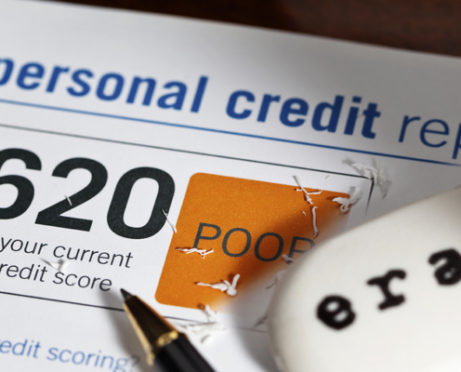
If you asked me what EAP benefits were a couple of years ago, I probably would've shrugged my shoulders. If I knew that EAP stood for Employee Assistance Plan, I would’ve shown a lot more enthusiasm.
How My EAP Benefits Helped Me
I’d never heard of EAP benefits until I got my first “grown-up” job. I remember seeing something about it listed in the hiring package when I was onboarding, but my recollection of it got lost among all of the other acronyms flashing before my eyes that day.
Unfortunately, that job didn’t end up doing much for my financial or mental wellbeing. I quickly became depressed and hopeless. I tried to find ways to cope, but I knew I really needed to see a therapist. Unfortunately, that was something that I absolutely couldn’t afford to do, since money (or rather, the lack of it) was one of the problems causing the depression. Desperate, I eventually reached out to a confidential benefits coordinator with my employer. She kindly referred me to their EAP program, which I had totally forgotten about.
All I had to do was call up a third-party number (nothing would ever be reported back to my employer), and they'd refer me to a therapist in my community. The first six sessions would be completely free.
I found that I only really needed six sessions, anyway, although my therapist offered to see me further on a sliding scale.
“No one should be prevented from receiving help based solely on income,” she told me.
Thanks to my EAP benefits, I received the help I needed and was able to move on to bigger and better things.
What is an EAP?
EAP benefits help employees with personal problems. They typically cover treatment for drug addiction and mental health issues (hence the stigma associated with using them). Many EAPs provide other benefits, as well. These may include counseling for legal, financial, marital, and stress-related issues; help with navigating major life events; health and wellness programs; smoking cessation; and even simple things like helping you find a childcare provider.
These programs are offered through third-party companies. That way, your boss stays out of your personal business.
I found this incredibly helpful, since my problems largely stemmed from my employment.
Nearly all federal employees and 54 percent of civilian employees have access to an EAP. Nevertheless, less than 10 percent of employees actually use these benefits.
How to Scope Out Your EAP Benefits
Even if you’re not going through a hard time, it’s a good idea to see what – if any – EAP benefits you have.
You never know when you’ll need those benefits, and it’s good to know whether they’re there.
Any information about EAPs will be available through your HR office. If you still have your original hiring packet (or if HR information is available online), check there first. The information about EAP programs is usually buried somewhere around the benefits information for health insurance.
If you can’t find any information on your own about EAP programs, check with your HR rep to see if they have one in place, and if so, what benefits it covers.
If your employer doesn’t have an EAP program, it might be worth it to suggest one to your HR manager. I wouldn’t suggest approaching your boss, as EAP programs and their benefits are still somewhat stigmatized. But it’s your HR department's job to deal with these issues.
EAPs are relatively cheap for businesses and institutions to provide to employees, and they’re even a great investment for the business itself. They make for happier and more productive employees, both in the office and at home.
Get Trusted Legal Advice — Choose Your Service Here >>
Make sure to stress the benefits that EAPs can provide to everyone at the office, as well as their low cost. Who knows? You could be helping out your coworkers, as well!








![[VIDEO] The Benefits of Joining the Military After High School May Surprise You](https://centsai.com/wp-content/uploads/2017/05/iStock-514778408-e1572893186649-461x372.jpg)

